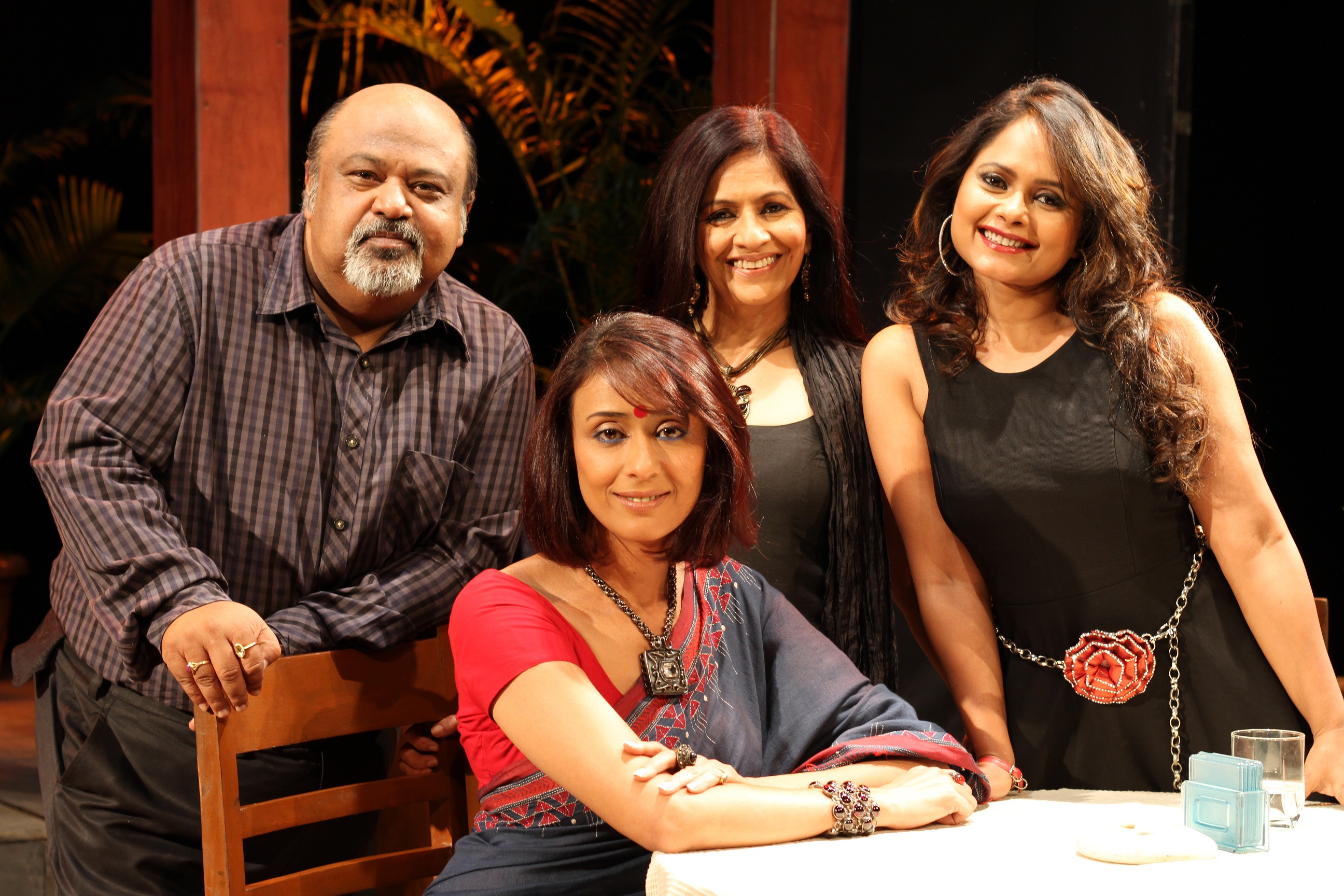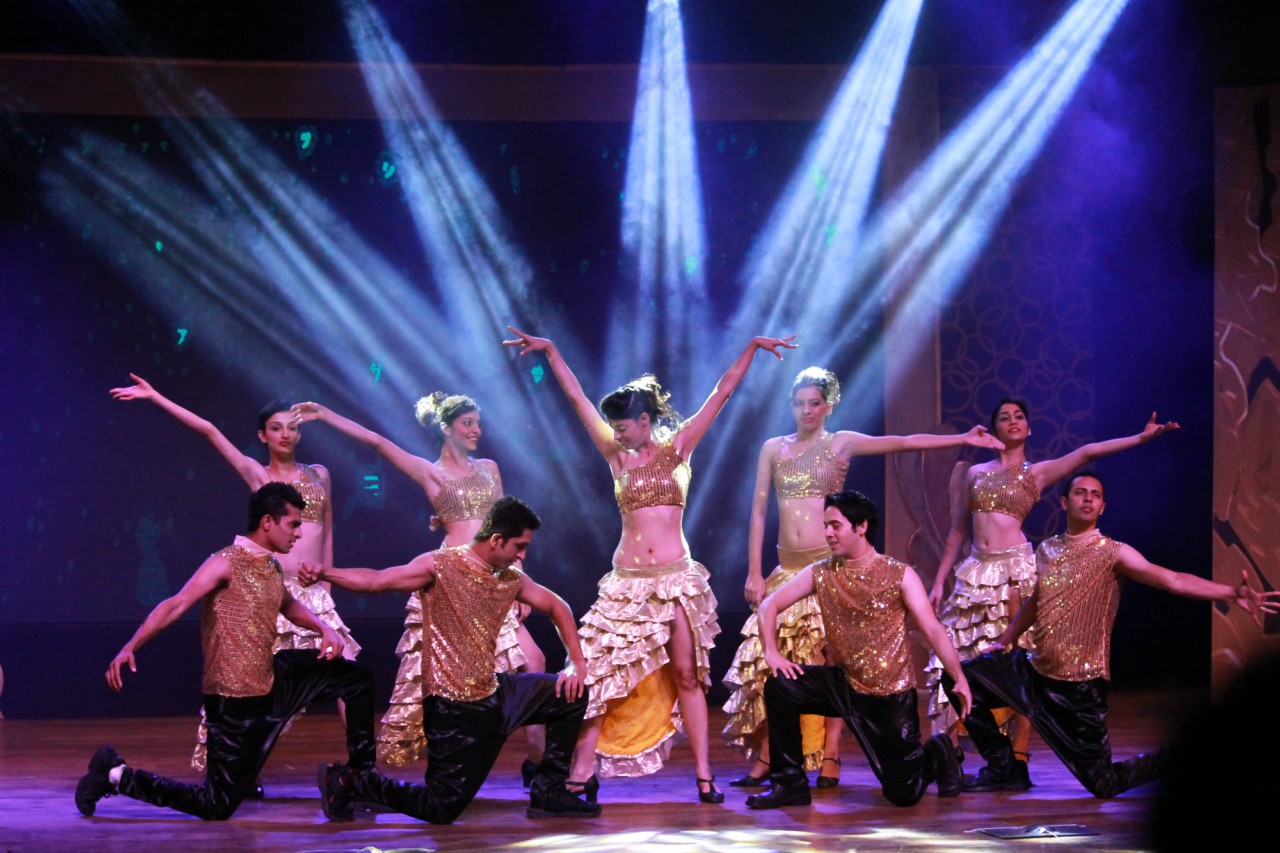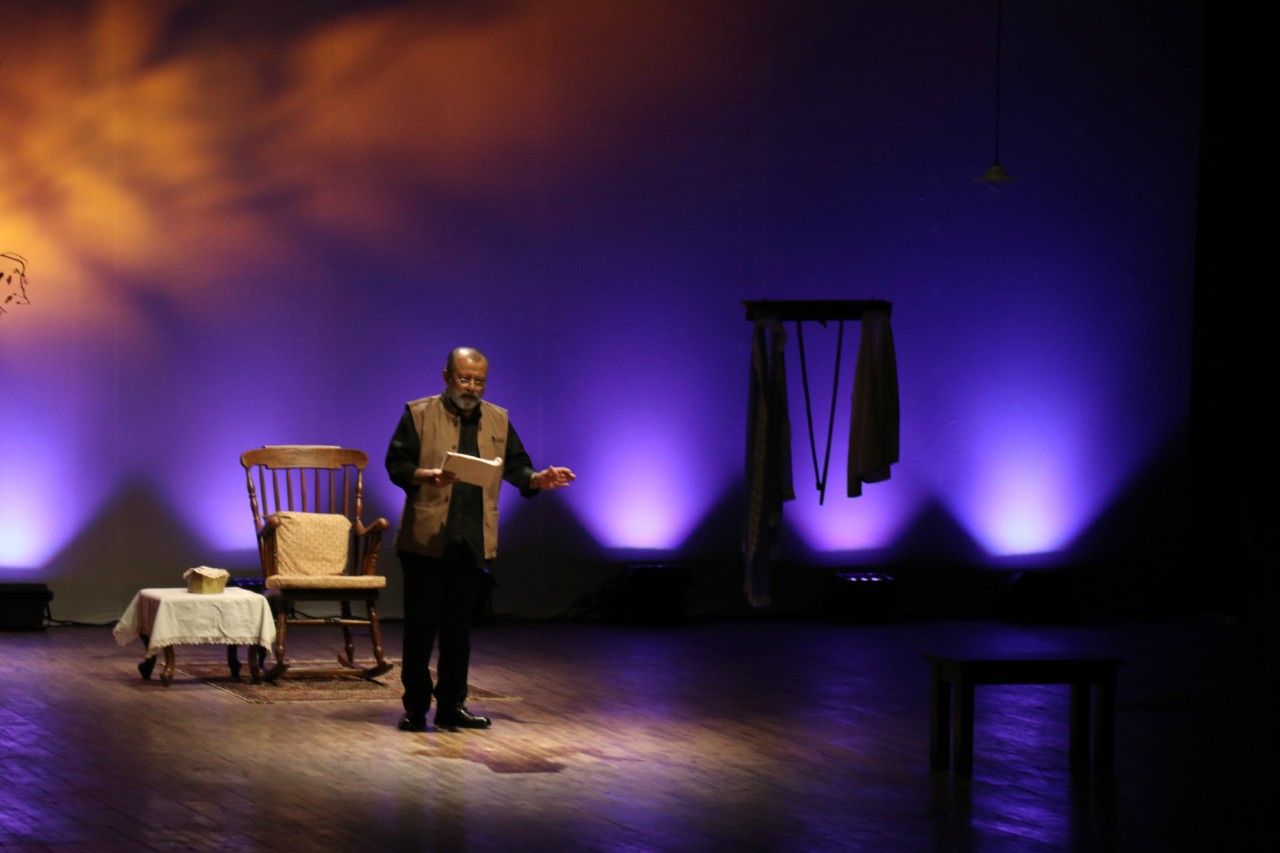
Rupees 7,500 for a ticket to see a play? That’s what theatre goers in the Capital paid to see Ismat Apa Ke Naam starring Naseeruddin Shah, Heeba Shah and Ratna Pathak Shah, Dopheri starring Pankaj Kapur and Kishan Vs Kanhaiya starring Paresh Rawal, at the recently held Delhi Theatre Festival. Tickets for Mughal-e-Azam: The Musical, based on the eponymous Bollywood classic film, went as high as Rs 18,000 in Ahmedabad. Disney’s Aladdin, which will premiere later this month in Mumbai, has about 21 shows spanning 15 days, priced Rs 750-Rs 8,500.
Three-four years ago, tickets ranged between Rs 200 to Rs 1,000. Besides, unlike earlier, when only English plays pooled such premium pricing, now even plays in Hindi do so, and in the coming years, regional language plays are likely to join the category. Clearly, commercial theatre — especially lavish productions and plays featuring stars, often backed by an aggressive marketing strategy — is gaining ground in India. Look at any online ticketing platform — more and more commercial shows are touring cities and demanding high prices.

A still from 2 To Tango, 3 To Jive. (Photo credits: AGP World)
“If you are doing something, which has production value that matches international standards, why can’t you charge for it?” asks Raëll Padamsee, CEO and Managing Director of ACE Productions, which charged Rs 5,000 a ticket eight years ago for its play Broken Images starring Shabana Azmi, and The Sound of Music, a musical. “It enables us to afford a production that we want to do and are proud of. While keeping some tickets at Rs. 5,000, we ensured there were tickets for Rs 300 as well,” says Padamsee.
Notably, most of these productions have a ‘star’ in the cast from television or films. And why not, asks Ashvin Gidwani, Founder and MD, AGP World who has produced plays like Drama Queen, Blame it on Yashraj, Barff and 2 To Tango, 3 To Jive among others. “What would make youngsters leave home on a weekend and travel from, say, Gurugram to Siri Fort (over 31kms) to watch a play when they have an alternative where they can stay at home, watch something on Netflix and order food online?” asks Gidwani rhetorically.
This has also been the strategy of Alchemist LIVE, a branch of the marketing and events company Alchemist, which successfully concluded the second edition of Delhi Theatre Festival last month. “It was a conscious decision to call people who have star value because we want more and more people to watch theatre and make them return repeatedly, instead of having a select audience. People who came for the first season came back for the second. Last year, around 4,500 people made it to the festival, this year it was 10,000. There is a huge market looking for good content,” says Prabhu Tony, COO, Alchemist LIVE.
“But is it theatre that people are enjoying, or is it the face of a celebrity?” asks Waman Kendre, director of National School of Drama (NSD). “When it comes to Naseeruddin Shah or Paresh Rawal, I know they are doing meaningful theatre, but if it is only about bringing a celebrity and earning money, then it is something to worry,” he says. Ironically, several plays at the Theatre Olympics, NSD’s 51-day long international theatre festival that is being held in India for the first time (it closes today in Mumbai), saw thin to less-than-capacity audiences, despite ticket prices being as low as Rs 50-Rs 250. Plays with stars in the cast, concedes Kendre, may help to bring in people.

A still from the play Blame It On Yashraj. (Photo credits: AGP World)
Attracting non-theatre goers also seems to be the success mantra of Mughal-e-Azam: The Musical that became a trendsetter with back-to-back houseful shows. It premiered in Mumbai in October 2016 with 13 shows and has done over 125 shows since. It has travelled to Delhi twice with 16 and 18 shows respectively. Recently, it went to Ahmedabad with seven shows and the tickets have become steadily more expensive over time. “In Mumbai, the tickets were priced Rs 500-Rs 8,500, in Delhi, Rs 500-Rs 10,000 and in Ahmedabad, from Rs 2,000 it went up to Rs 18,000,” informs Deepesh Salgia, head of creative and strategic vision, Mughal-e-Azam: The Musical and director of Shapoorji Pallonji Real Estate.
Ironically, despite the steep ticket prices, Mughal-e-Azam: The Musical, a lavish production put up by a team of 150 people including 70 on-stage performers, is yet to make profits, says Salgia. Profits, he adds, however were ‘never a concern’ for construction and real-estate conglomerate Shapoorji Pallonji, which has jointly produced the play with National Centre for the Performing Arts (NCPA). The company, he asserts, decided to invest in the play so that the production could be mounted on a grand scale, befitting the legacy of the 1960 film, which the company had also produced. However, the musical is on its way to recovering the initial cost and is likely make profits by the end of the year. It is also expected to travel to the Southeast Asia and the Middle East. Salgia credits the play’s enormous success to several factors beginning with strong word-of-mouth publicity. “Theatre has a particular audience, but what Mughal-e-Azam: The Musical did, which was also a part of our strategy, was to ensure that 70 per cent of the audience were non-theatre goers. This expanded the market. Another factor that allowed it to happen was that it was enjoyed by the entire family including teenagers, parents and the elderly, something that doesn’t happen often...I don’t see 14-year-olds going out with their parents nowadays.”
While what Mughal-e-Azam: The Musical did was ‘unprecedented’, as Raëll Padamsee calls it, it also paved the way for other musicals such as Disney’s Aladdin, a Broadway-style Indian musical that is scheduled to premiere at NCPA on April 20. Produced by BookMyShow, it has 50 performers, huge sets, lavish costumes and a number of choreographed sequences. Interestingly, Aladdin might have a greater footfall when it opens than Mughal-e-Azam: The Musical did — it saw multi-city tours, and in Mumbai, 21 shows over 15 days.

A still from Dopehri which came to Delhi Theatre Festival this year. (Photo Credits: Delhi Theatre Festival)
Money talks
Even if a play does well and runs to full houses, box office revenue alone may not be enough to recover costs as per Padamsee. This is especially true of big productions, which have huge expenses, and so may continue to need corporate sponsorship. Her brother, theatre director Quasar, who also runs the theatre company QTP, agrees. “Even if a show with, say, an average ticket price of Rs 5,000 goes houseful, 20-30 per cent of the money raised will go in just renting out the auditorium, another 20 per cent will go in lighting, sound, LED screen, etc and the remaining 50 per cent will go into advertising, publicity and paying actors. “Huge productions like Mughal-e-Azam: The Musical employ hundreds of people. So, you would still need sponsors for the underlying costs such as the script and rehearsal. Aladdin, for instance, is being rehearsed since close to nine months,” says Quasar.
“Those who say there is no money in theatre are talking nonsense. If you don’t have money, how can you do a good production? Even if you manage a crew without money, how will you manage the rent of an auditorium?” asks Ashvin Gidwani bluntly. A decade ago, he was singled out for being ‘commercial’ and out to make money. But now, says Gidwani, “everybody has turned around saying what Ashvin saw 10 years ago is what I am doing now.”
Gidwani’s commercial success, though, was due to an underpinning of solid strategy. “When I produce a play, I know that I will do 100 shows because I have a network (of theatre auditoriums across Indian cities), which is expanding to other countries too. Not many producers can claim such a network,” he says. “We have also hired people to set up a corporate structure because if you have to make theatre sustainable, it has to work like a corporate. We actively work with corporate houses to bring them on board as sponsors to fund our shows. We have done live entertainment, supper theatre, shows in clubs and in colleges to promote theatre and bring additional money.”
Seconding Gidwani is Tony, who has seen Delhi Theatre Festival make profits from its very first edition. “Often, it happens with a new format that you make losses in the first few years, but we didn’t, which is great even though our profits weren’t huge.”